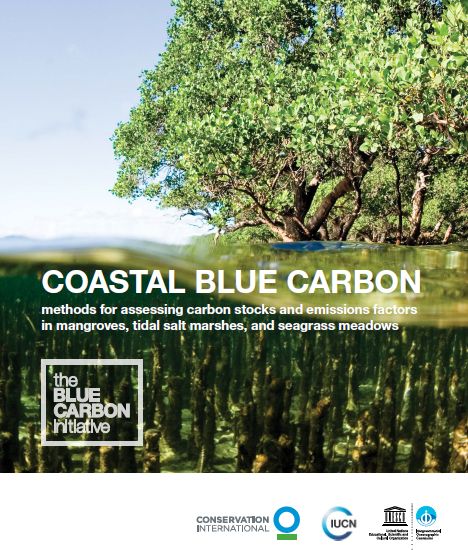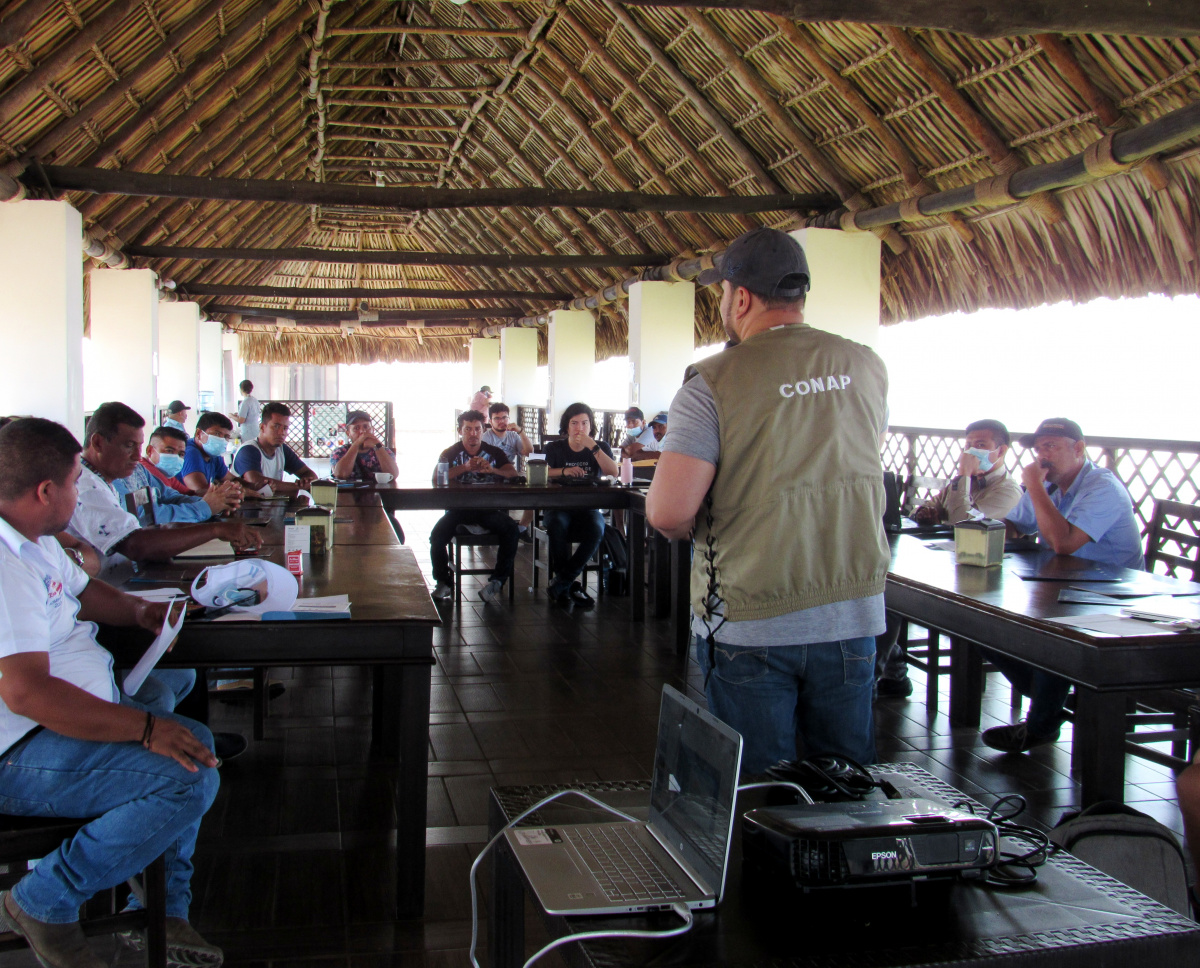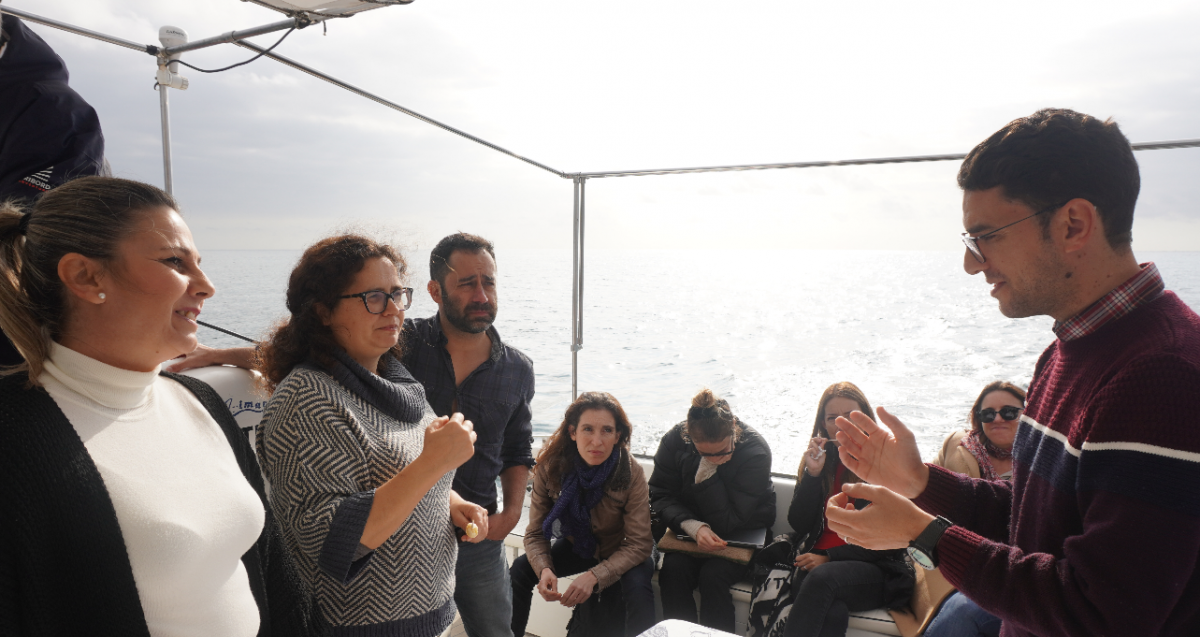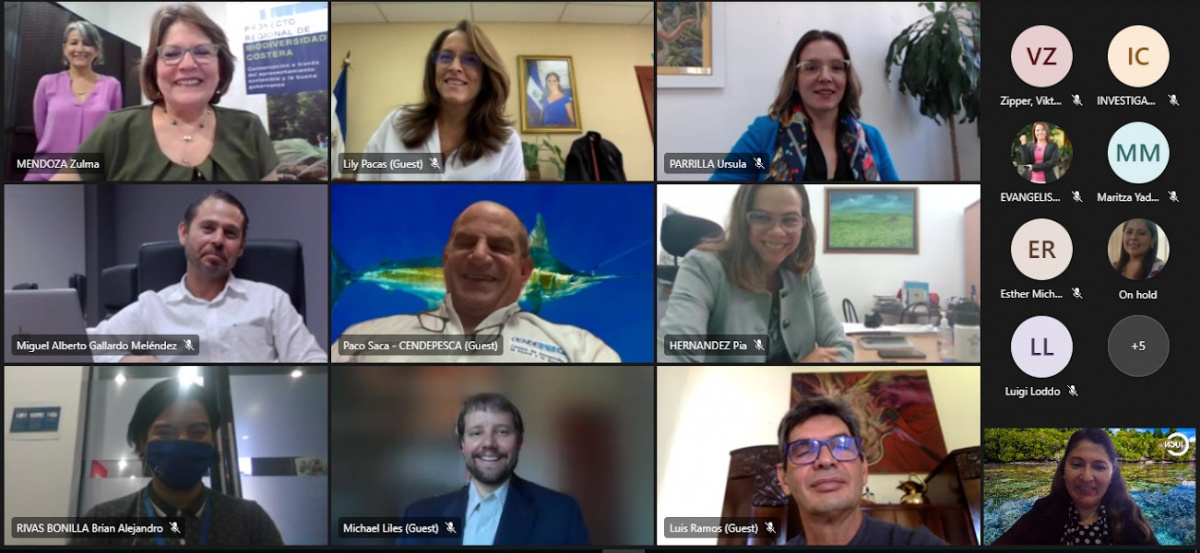Coastal Blue Carbon Manual
Coastal Blue Carbon step by step - A new manual for measuring, assessing and analyzing carbon in the field and lab

Photo: © IUCN
Increasingly, coastal ecosystems are being recognized for their important role in carbon sequestration and, when degraded, their potential to become sources of carbon emissions. Progress has been made to include these systems in international and national policy and finance mechanisms. The full integration of coastal management activities as part of countries’ portfolio of solutions to mitigate climate change has however not yet been fully achieved due to a lack of technical guidance leading to comparable information and scientific results.
This new manual provides standardized methods for field sampling, laboratory measurements and analysis of blue carbon stocks and flux in coastal ecosystems. It has been developed by the members of the International Blue Carbon Scientific Working Group of the Blue Carbon Initiative co-lead by Conservation International (CI), International Union for Conservation of Nature (IUCN) and the Intergovernmental Oceanic Commission (IOC) of UNESCO.
The manual is designed to provide users with relevant background information on key concepts of carbon assessment, and guide them in a step-by-step process. The goal is to utilize high quality field and laboratory work to support project and national assessments and estimations of carbon released and/or sequestered through improved conservation and restoration of coastal ecosystems.
The manual has been designed to be used by a wide range of stakeholders, including natural resource managers, scientists, community groups, and local and national government agencies interested in assessing blue carbon stocks.
Coastal ecosystems are critical to maintaining human well-being and global biodiversity. In particular, mangroves, tidal salt marshes, and seagrasses provide numerous benefits and services that contribute to people’s ability to mitigate and adapt to the impacts of climate change.
For download please visit
http://thebluecarboninitiative.org/manual/



